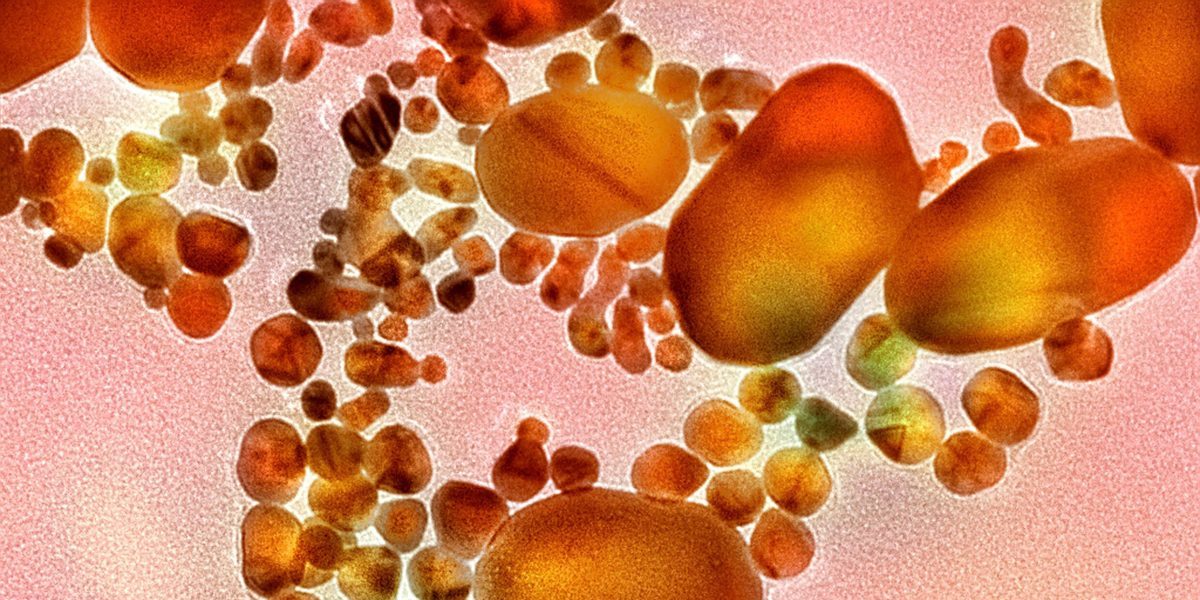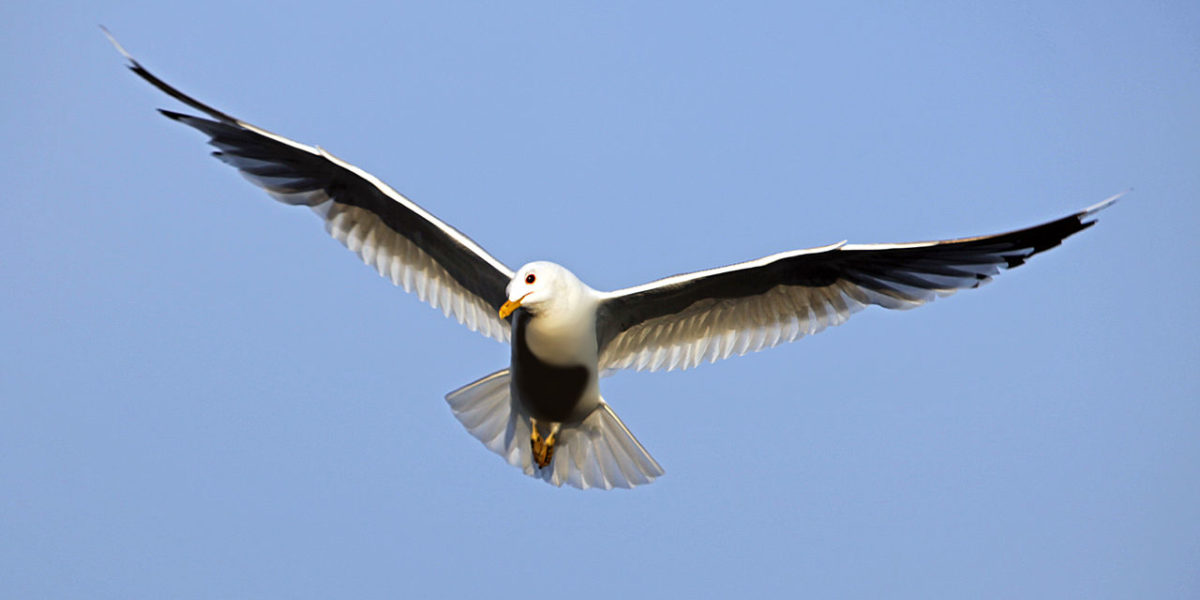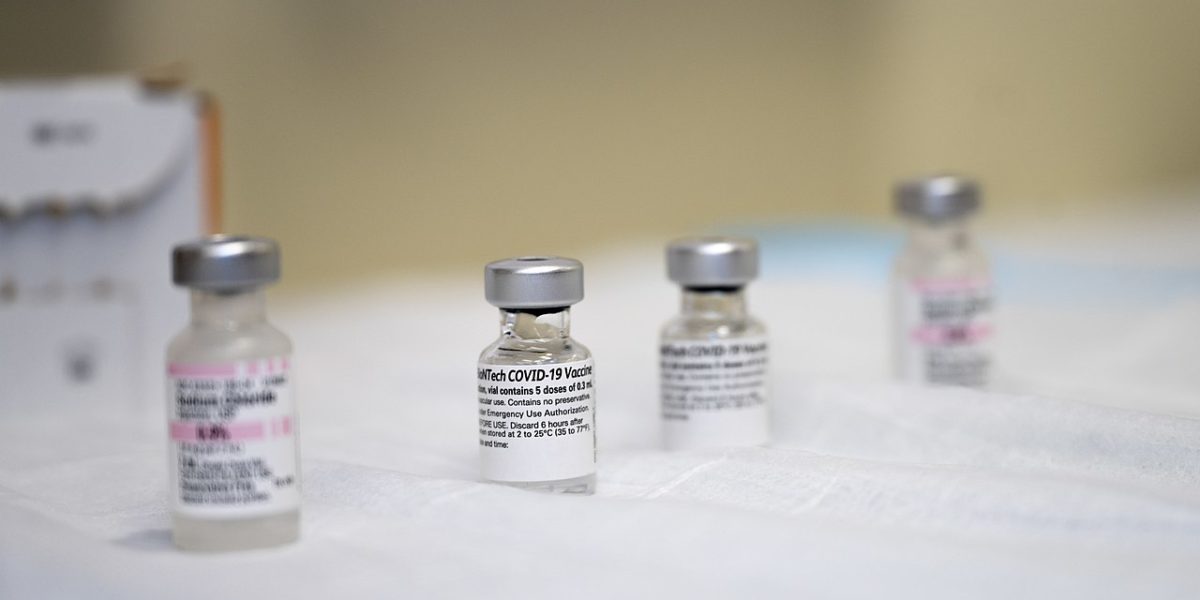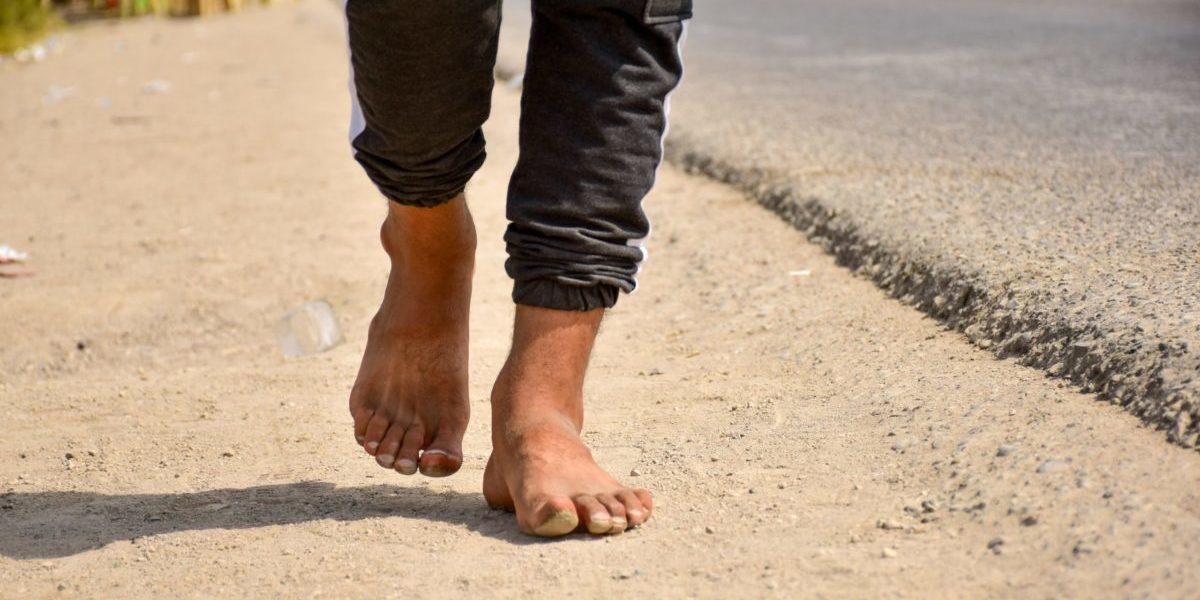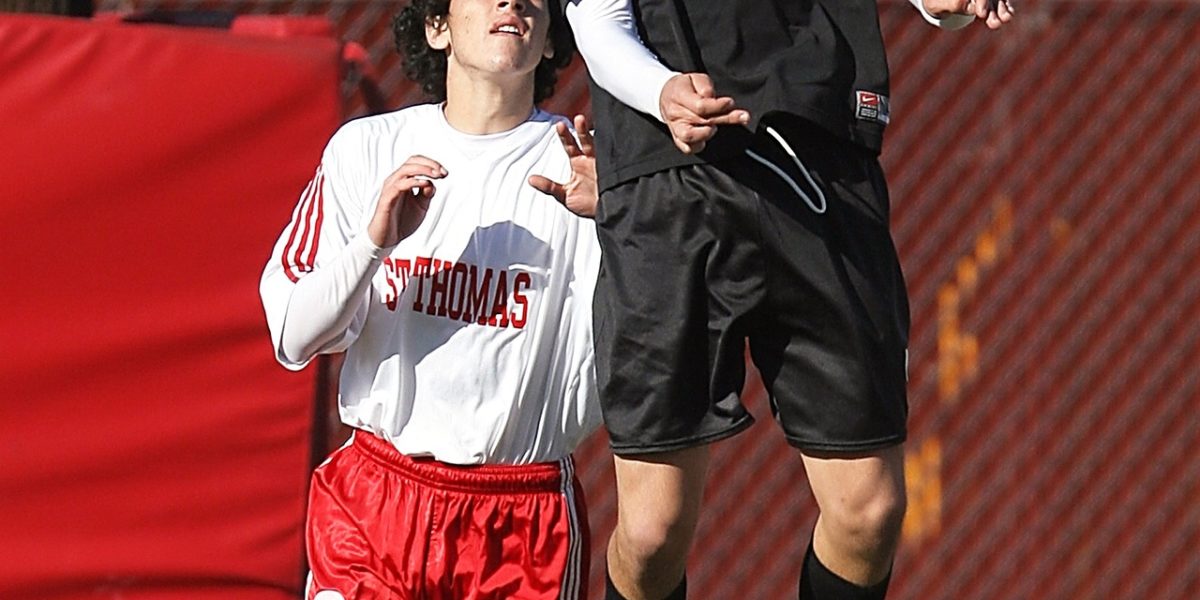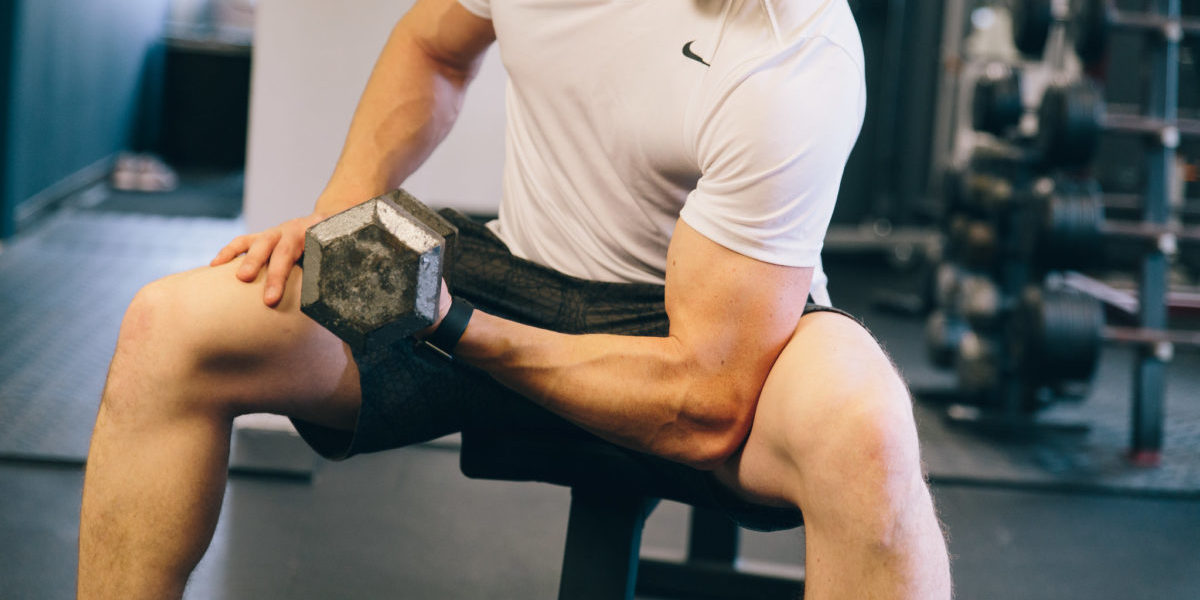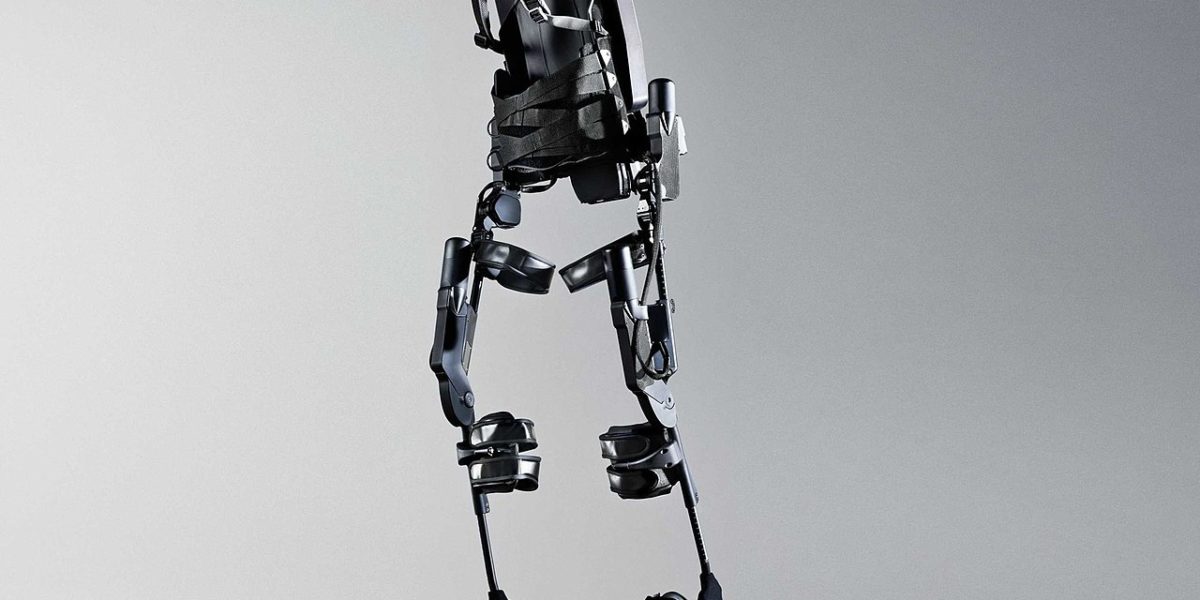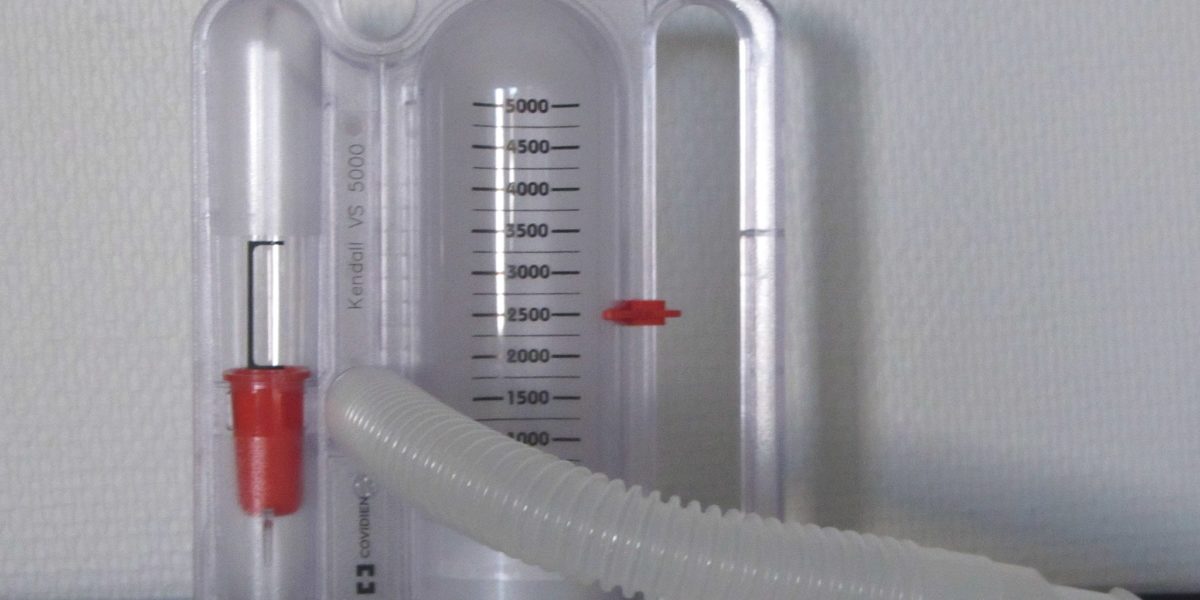What if scientists could treat cancer without the extreme side effects of chemotherapy? Could scientists create a tiny way to cure a giant health crisis? Nanoparticle drug delivery systems could be the answer to our prayers.
Continue reading “Curing Cancer: a Giant Problem with a Nano- Solution”Category: text
Staying airborne: How bird wings are built for aerodynamic and efficient flight
Flight is a concept that has, until relatively recently in history, eluded humanity. However, birds have been successfully flying for approximately 130 million years, proving themselves to be a physical marvel of the natural world. And while our means of flight have historically been crude in design and performance, nature provides an elegant, efficient solution to get creatures off of the ground. Rüppell’s griffon vultures have been recorded flying as high as 37,000 ft, while some species of shorebirds have been recorded flying as far as from Alaska to New Zealand over eight days without stopping. But how exactly do birds seem to effortlessly overcome gravity so effectively? And perhaps more importantly, how might we apply these answers to improve manmade aircraft?
Continue reading “Staying airborne: How bird wings are built for aerodynamic and efficient flight”Innovative plant: How does the dandelion drift its seeds?
How far do you think a dandelion seed can drift from its base plant?
Continue reading “Innovative plant: How does the dandelion drift its seeds?”COVID-19 Vaccines: Helping You Combat One Spike Protein at a Time
COVID-19 vaccinations reduce the risk of infection and have the potential to ensure life returns to normal. Everywhere you turn someone is talking about which vaccine they have received: Pfizer, Moderna, Janssen, AstraZeneca… But what is the difference? How do the different types of COVID-19 vaccinations protect us? And does it matter which vaccine you receive?
Continue reading “COVID-19 Vaccines: Helping You Combat One Spike Protein at a Time”Ditching the shoes: Minimalist trend or natural advantage?
The discussion of returning to minimalist ways, namely walking or running barefoot, is a question that rises in many circles, from new parents to elite runners.
Continue reading “Ditching the shoes: Minimalist trend or natural advantage?”Why is heading the ball so dangerous for youth soccer players?
I received my first concussion while playing soccer at 15 when I was knocked out by a ball that was “accidentally” punted directly into the side of the head. It seemed to me like this was one of the few, rare ways to get a concussion from the sport – an unlikely occurrence combined with an unusually aggressive impact.
Continue reading “Why is heading the ball so dangerous for youth soccer players?”The Ultimate 2-for-1: the Power of Contralateral Strength Training
For the competitive athlete, injury often means loss. Loss of playing time, loss of skill development, and most importantly, loss of training time. These are all unfortunate consequence of getting a bone or tissue injury requiring a long-term healing prognosis. Injuries can be so devastating because the road to recovery is often times an arduous two-step process. First, the athlete must wait for their broken bones, torn ligaments, or pulled muscles to naturally heal. During this time, the athlete’s injured limb is likely immobilized in a cast or brace, leaving the resulting muscle to slowly atrophy as the body tries to heal itself. As a result, an athlete must spend the second part of their recovery process re-training the weakened muscles in the immobilized limb to return to full-strength. What if there was a way to heal and train the body at the same time? This is the power of a neurophysiological phenomenon known as “contralateral strength training.”
Continue reading “The Ultimate 2-for-1: the Power of Contralateral Strength Training”A Second Chance: Robotic Exoskeletons May Be the Future of Mobility for Patients with Spinal Cord Injuries
No one ever imagines themselves getting seriously injured. Accidents do happen though, like car crashes and unexpected sports injuries. These events can drastically change a person’s life, leaving them unable to perform simple daily tasks without assistance, such as walking. One injury that can radically impact a person’s life is a spinal cord injury. There are approximately a quarter of a million people in the United States with spinal cord injuries, and that number grows by 12,500 each year.
Continue reading “A Second Chance: Robotic Exoskeletons May Be the Future of Mobility for Patients with Spinal Cord Injuries”Which is more stable, washing machines or birds? The answer might surprise you
What do birds and washing machines have in common? Shockingly, it’s not the ability to wash clothes. Rather, most birds and washing machines are great examples of vibration isolation systems.
Continue reading “Which is more stable, washing machines or birds? The answer might surprise you”Why We Need to Re-Evaluate the Racialized History of Spirometry
One of the leading indicators of good health is adequate lung capacity. Lung capacity, as defined by Bajaj and Delgado is the volume of air in the lungs upon the maximum effort of inspiration. For an average healthy adult, that is about 5.5 liters of air. But how do we measure our lung capacity? A spirometer is the answer. Even though the device has undergone multiple revisions since it was first invented in the 1840s, it has not deviated away from its original purpose of measuring lung capacity.
Continue reading “Why We Need to Re-Evaluate the Racialized History of Spirometry”